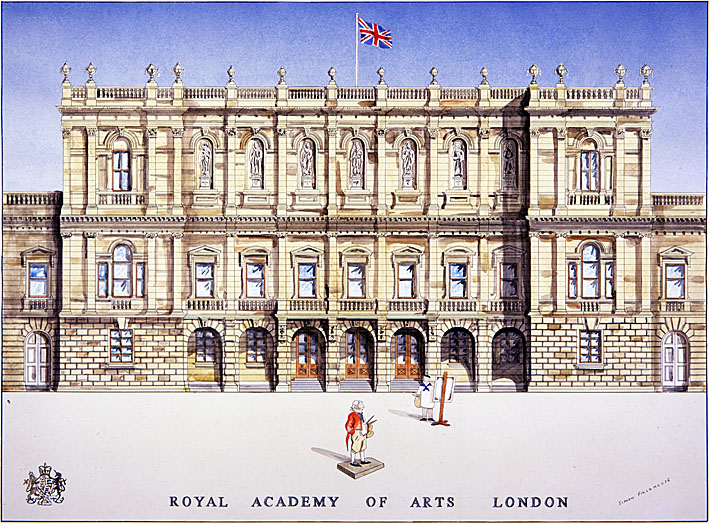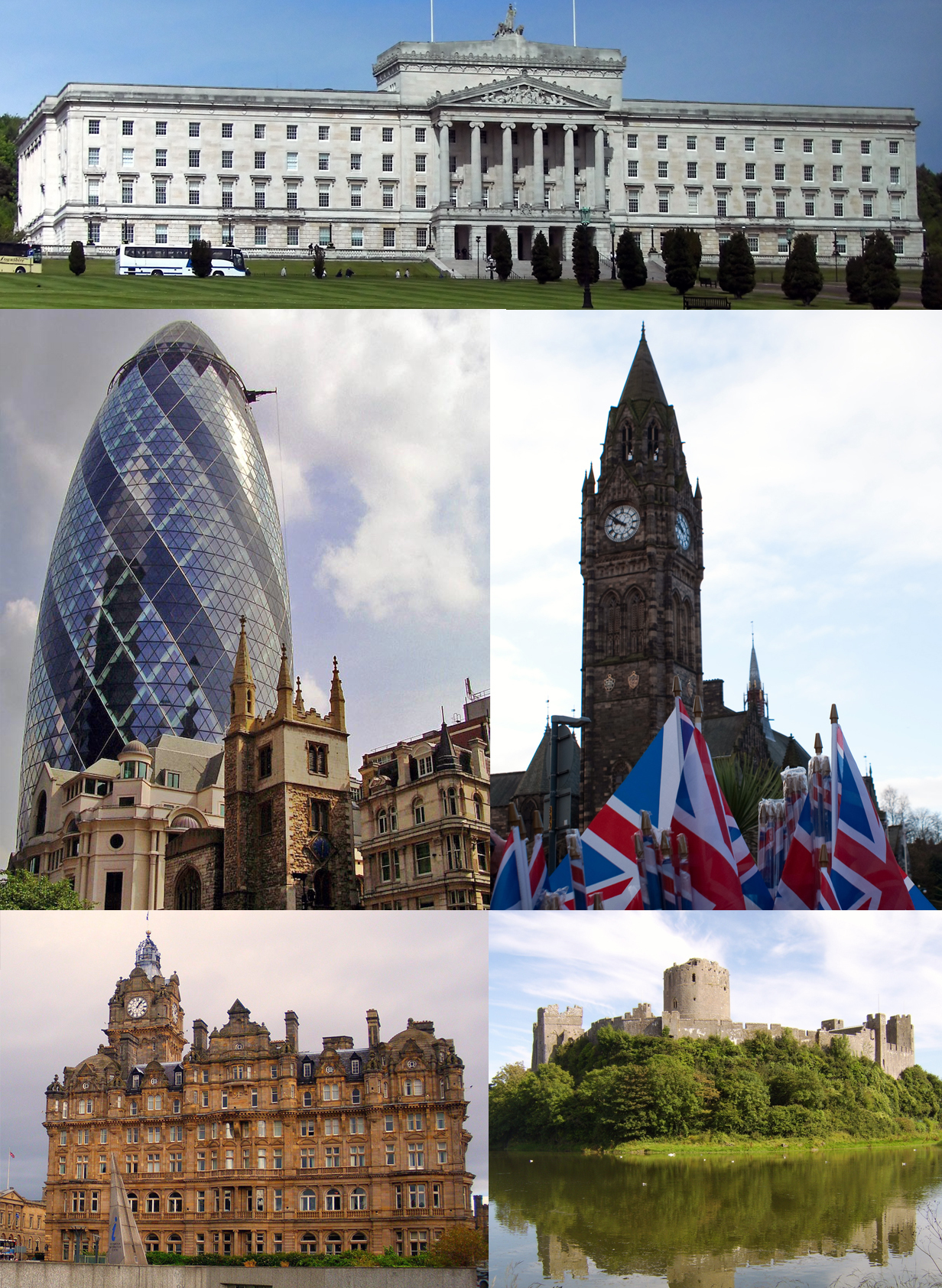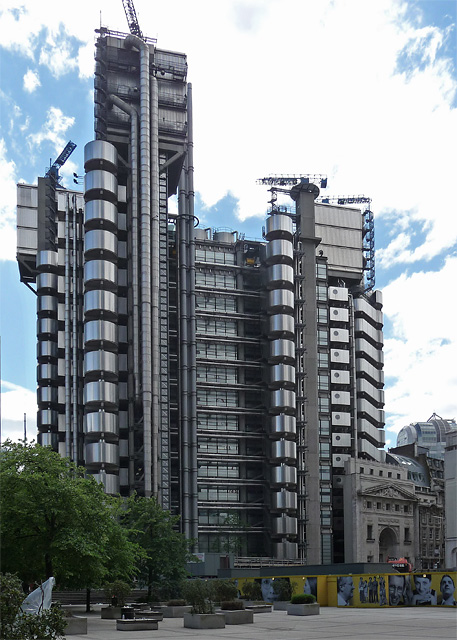|
RAC Regional Control Centre
The RAC Regional Control Centre is an operations and administrative facility located in Bradley Stoke, England. Designed by Grimshaw Architects and completed in 1994, it serves as the South West regional headquarters for RAC Limited. The building forms part of Almondsbury Business Park at the northern edge of the Bristol North Fringe.South Gloucestershire Council. (2021). ''SG-02b Almondsbury Business Park (Central Site) – Baseline Site Information & Assessment''. West of England Joint Spatial Plan Employment Evidence Base. It is one of the RAC’s three principal regional centres, the others being located at Bescot and Stretford. While Bescot serves as the primary operations hub for vehicle breakdown response, the Bradley Stoke site accommodates administrative and customer service functions. When fully staffed, the building supports approximately 800 employees. History The RAC Regional Control Centre was developed during the early 1990s as part of the expansion of Almondsbur ... [...More Info...] [...Related Items...] OR: [Wikipedia] [Google] [Baidu] |
High-tech Architecture
High-tech architecture, also known as structural expressionism, is a type of late modernist architecture that emerged in the 1970s, incorporating elements of high tech industry and technology into building design. High-tech architecture grew from the modernist style, utilizing new advances in technology and building materials. It emphasizes transparency in design and construction, seeking to communicate the underlying structure and function of a building throughout its interior and exterior. High-tech architecture makes extensive use of aluminium, steel, glass, and to a lesser extent concrete (the technology for which had developed earlier), as these materials were becoming more advanced and available in a wider variety of forms at the time the style was developing – generally, advancements in a trend towards lightness of weight. High-tech architecture focuses on creating adaptable buildings through choice of materials, internal structural elements, and programmatic design. I ... [...More Info...] [...Related Items...] OR: [Wikipedia] [Google] [Baidu] |
Royal Academy Of Arts
The Royal Academy of Arts (RA) is an art institution based in Burlington House in Piccadilly London, England. Founded in 1768, it has a unique position as an independent, privately funded institution led by eminent artists and architects. Its purpose is to promote the creation, enjoyment and appreciation of the fine arts through exhibitions, education and debate. History The origin of the Royal Academy of Arts lies in an attempt in 1755 by members of the Society for the Encouragement of Arts, Manufactures and Commerce, principally the sculptor Henry Cheere, to found an autonomous academy of arts. Before this, several artists were members of the Society for the Encouragement of Arts, Manufactures and Commerce, including Cheere and William Hogarth, or were involved in small-scale private art academies, such as the St Martin's Lane Academy. Although Cheere's attempt failed, the eventual charter, called an 'Instrument', used to establish the Royal Academy of Arts over a decade ... [...More Info...] [...Related Items...] OR: [Wikipedia] [Google] [Baidu] |
Buildings And Structures In Bristol
A building or edifice is an enclosed structure with a roof, walls and windows, usually standing permanently in one place, such as a house or factory. Buildings come in a variety of sizes, shapes, and functions, and have been adapted throughout history for numerous factors, from building materials available, to weather conditions, land prices, ground conditions, specific uses, prestige, and aesthetic reasons. To better understand the concept, see ''Nonbuilding structure'' for contrast. Buildings serve several societal needs – occupancy, primarily as shelter from weather, security, living space, privacy, to store belongings, and to comfortably live and work. A building as a shelter represents a physical separation of the human habitat (a place of comfort and safety) from the ''outside'' (a place that may be harsh and harmful at times). buildings have been objects or canvasses of much artistic expression. In recent years, interest in sustainable planning and building practi ... [...More Info...] [...Related Items...] OR: [Wikipedia] [Google] [Baidu] |
Architecture Of The United Kingdom
The architecture of the United Kingdom, or British architecture, consists of a combination of architectural styles, dating as far back to Roman architecture, to the present day 21st century contemporary. England has seen the most influential developments, though Ireland, Scotland, and Wales have each fostered unique styles and played leading roles in the international history of architecture. Although there are prehistoric and classical structures in the United Kingdom, British architectural history effectively begins with the first Anglo-Saxon Christian churches, built soon after Augustine of Canterbury arrived in Great Britain in 597. Norman architecture was built on a vast scale throughout Great Britain and Ireland from the 11th century onwards in the form of castles and churches to help impose Norman authority upon their dominions. English Gothic architecture, which flourished between 1180 until around 1520, was initially imported from France, but quickly developed its own u ... [...More Info...] [...Related Items...] OR: [Wikipedia] [Google] [Baidu] |
South Wales
South Wales ( ) is a Regions of Wales, loosely defined region of Wales bordered by England to the east and mid Wales to the north. Generally considered to include the Historic counties of Wales, historic counties of Glamorgan and Monmouthshire (historic), Monmouthshire, south Wales extends westwards to include Carmarthenshire and Pembrokeshire. In the western extent, from Swansea westwards, local people would probably recognise that they lived in both south Wales and west Wales. The Brecon Beacons National Park covers about a third of south Wales, containing Pen y Fan, the highest British mountain south of Cadair Idris in Snowdonia. A point of some discussion is whether the first element of the name should be capitalised: 'south Wales' or 'South Wales'. As the name is a geographical expression rather than a specific area with well-defined borders, style guides such as those of the BBC and ''The Guardian'' use the form 'south Wales'. In a more authoritative style guide, the Wel ... [...More Info...] [...Related Items...] OR: [Wikipedia] [Google] [Baidu] |
M5 Motorway
The M5 is a motorway in England linking the Midlands with the South West England, South West. It runs from junction 8 of the M6 motorway, M6 at West Bromwich near Birmingham to Exeter in Devon. Heading south-west, the M5 runs east of West Bromwich and west of Birmingham through Sandwell Valley. It continues past Bromsgrove (and from Birmingham and Bromsgrove is part of the Birmingham Motorway Box), Droitwich Spa, Worcester, England, Worcester, Tewkesbury, Cheltenham, Gloucester, Stroud, Bristol, Portishead, Somerset, Portishead, Clevedon, Weston-super-Mare, Bridgwater, Taunton, Tiverton, Devon, Tiverton, Cullompton, before terminating at junction 31 to the south of Exeter. At a total length of 163 miles (262 km), the M5 is the 4th longest motorway in the UK. Route The M5 quite closely follows the route of the A38 road. The two deviate slightly around Bristol and the area south of Bristol from junctions 16 to the Sedgemoor services north of junction 22. The A38 goes straight ... [...More Info...] [...Related Items...] OR: [Wikipedia] [Google] [Baidu] |
Bristol
Bristol () is a City status in the United Kingdom, cathedral city, unitary authority area and ceremonial county in South West England, the most populous city in the region. Built around the River Avon, Bristol, River Avon, it is bordered by the ceremonial counties of Gloucestershire to the north and Somerset to the south. The county is in the West of England combined authority area, which includes the Greater Bristol area (List of urban areas in the United Kingdom, eleventh most populous urban area in the United Kingdom) and nearby places such as Bath, Somerset, Bath. Bristol is the second largest city in Southern England, after the capital London. Iron Age hillforts and Roman villas were built near the confluence of the rivers River Frome, Bristol, Frome and Avon. Bristol received a royal charter in 1155 and was historic counties of England, historically divided between Gloucestershire and Somerset until 1373 when it became a county corporate. From the 13th to the 18th centur ... [...More Info...] [...Related Items...] OR: [Wikipedia] [Google] [Baidu] |
The Twentieth Century Society
The Twentieth Century Society (abbreviated to C20), founded in 1979 as The Thirties Society, is a British charity that campaigns for the preservation of architectural heritage from 1914 onwards. It is formally recognised as one of the National Amenity Societies, and as such is a statutory consultee on alterations to listed buildings within its period of interest. History The catalyst to form the society was the proposal to replace Lloyd's of London's Classical-style 1920s headquarters with a new modernist Richard Rogers building. Marcus Binney (founder of Save Britain's Heritage), John Harris (director of the RIBA drawings collection) and Simon Jenkins (editor of London's ''Evening Standard'') felt that the existing building "represented a whole body of important architecture of the period that deserved more sympathetic assessment". Ultimately the façade of the 1920s building was retained and received a Grade II listing in 1977. It was incorporated into Rogers' 1986 desig ... [...More Info...] [...Related Items...] OR: [Wikipedia] [Google] [Baidu] |
Plymouth
Plymouth ( ) is a port city status in the United Kingdom, city and unitary authority in Devon, South West England. It is located on Devon's south coast between the rivers River Plym, Plym and River Tamar, Tamar, about southwest of Exeter and southwest of London. It is the most populous city in Devon. Plymouth's history extends back to the Bronze Age, evolving from a trading post at Mount Batten into the thriving market town of Sutton, which was formally re-named as Plymouth in 1439 when it was made a borough status in the United Kingdom, borough. The settlement has played a significant role in English history, notably in 1588 when an English fleet based here defeated the Spanish Armada, and in 1620 as the departure point for the Pilgrim Fathers to the New World. During the English Civil War, the town was held by the Roundhead, Parliamentarians and was besieged between 1642 and 1646. In 1690 a dockyard was established on the River Tamar for the Royal Navy and Plymouth grew as ... [...More Info...] [...Related Items...] OR: [Wikipedia] [Google] [Baidu] |
The Ship, Derriford
The Ship is an office building in Derriford, Plymouth, England. It was designed by Nicholas Grimshaw and is constructed of glass and steel in the form of a ship. It was the offices of '' The Herald'' and ''Western Morning News'' for many years until their move to Millbay in 2013. It was recommended for listing at Grade II* by Historic England in April 2015. The building is now in use as Adrenaline trampoline fun park and a Clip ‘n Climb activity centre. History The Ship was built in 1992-3 as the headquarters for ''The Evening Herald'' and the ''Western Morning News'' in the Derriford area of Plymouth, Devon. The architect was Sir Nicholas Grimshaw CBE. The building was vacated by the newspapers in 2013, after a change of ownership in 2012 from Daily Mail and General Trust plc to Local World which resulted in relocation to smaller offices at Milbay in Plymouth, and the building has since stood empty. The owners advertised the building for sale, but, as of 10 April 20 ... [...More Info...] [...Related Items...] OR: [Wikipedia] [Google] [Baidu] |
Almondsbury Interchange
The Almondsbury Interchange in South Gloucestershire, is one of the United Kingdom's largest motorway stack interchanges. The interchange is one of only three four-level stacks in the UK, and including slip roads covers . It is the interchange for the M5 at junction 15 and M4 at junction 20, and is situated at the northern fringes of Bristol close to the village of Almondsbury, the Aztec West industrial estate, and Bradley Stoke. When it opened in 1966, it was the most complex junction on the British motorway network, a free-flowing interchange on four levels. Since then traffic volumes have increased. At busy periods, the interchange becomes more difficult to negotiate safely. In an attempt to ease congestion, the Interchange has become part of a smart motorway. The interchange The Almondsbury Interchange is immediately adjacent to junction 16 of the M5, which allows traffic on and off the motorway from the A38 road running between Bristol and Gloucester. The slip roa ... [...More Info...] [...Related Items...] OR: [Wikipedia] [Google] [Baidu] |







